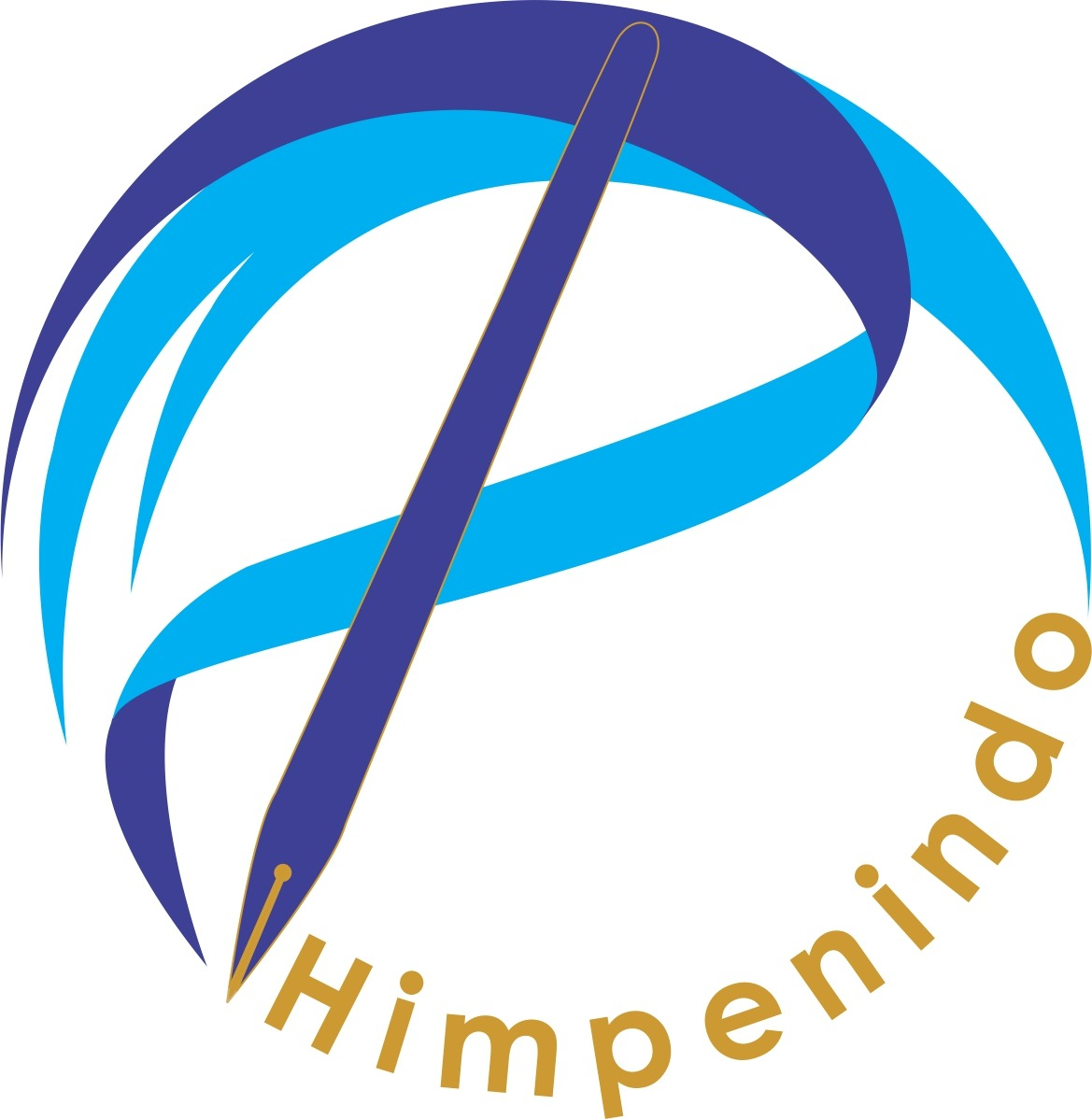Optimizing Effect of Wavy Leading Edge (WLE) in Rectangular Wing and Taper Wing
Abstract
Experimental and numerical research have been performed to investigate the Wavy Leading Edge (WLE) effect on the rectangular wing. The WLE is inspired by humpback whale flipper morphology which is blunt and rounded in certain form pattern. This flipper shape plays an important role for its behaviour specially capturing their prey. This advantage could be applied to other systems such as fin stabilizers or wind turbines. Steady cases in various aspect ratios were conducted to find out the optimum effect of WLE with baseline NACA 0018 profile at Reynolds number 1.4 x 105. The chord length of the wing (c) was 125 mm. The WLE shape defined as wavelength (W) 8% of c and amplitude (d) is 5% of c. The aspect ratio (AR) variations were 1.6; 3.9; 5.1; 7.9 and 9.6. A simple rectangular form of the wing was selected to analysis the WLE effect on the various ARs. The taper wing shape is applied to find out the WLE effect at the AR 7.9. three types of taper ratio (TR) are 0.1; 0.3 and 0.5. The results show that the WLE on the taper wing has better advantage to control the stall in steady case. Another impressive result was the WLE wing with AR 7.9 and TR 0.3 has the best lift coefficient and pressure distribution.
Keywords: stall, wavy leading edge, steady case, rectangle wing, taper wing, aspect ratio.
Full Text:
PDFReferences
J. M. B. Frank E. Fish, “Hydrodynamics Design of The Humpback Whale Flipper.” Journal of Morphology 225?: 51 - 60 (1995), pp. 51–60, 1995.
F. E. Fish, P. W. Weber, M. M. Murray, and L. E. Howle, “The Tubercles on Humpback Whales ’ Flippers?: Application of Bio-Inspired Technology,” vol. 51, no. 1, pp. 203–213, 2011.
F. E. Fish, “Biomimetics?: Determining engineering opportunities from nature,” Proc. SPIE, vol. 7401, pp. 1–11, 2009.
D. S. Miklosovic and M. M. Murray, “Experimental Evaluation of Sinusoidal Leading Edges,” Journal of Aircraft., vol. 44, no. 4, pp. 2–5, 2007.
D. S. Miklosovic, M. M. Murray, L. E. Howle, and F. E. Fish, “Leading Edge Tubercles Delay Stall on Humpback Whale (Megaptera Novaeangliae) Flippers,” Phys. Fluids, vol. 16, no. 5, pp. 39–42, 2004.
K. L. Hansen,. N. Rostamzadeh, R. M. Keslo, B. B. Dally, “The Effect of Wavy Leading Edge Modifications on NACA 0021 Airfoil Characteristics,” 18th Aust. Fluid Mechanic Conference, no. December, 2012.
K. L. Hansen, R. M. Kelso, and B. B. Dally, “Performance Variations of Leading-Edge Tubercles for Distinct Airfoil Pro fi les,” AIAA Journal, vol. 49, pp. 185–194, 2011.
K. L. Hansen, N. Rostamzadeh, and R. M. Kelso, “Evolution of the streamwise vortices generated between leading edge tubercles,” Journal of Fluid Mechanic, vol. 788, pp. 730–766, 2016.
H. Arai, Y. Doi, T. Nakashima, and H. Mutsuda, “Hydrodynamic Performance of Wing with Wavy Leading Edge,” Adv. Marit. Eng. Conf. 4th Pan Asian Assoc. Marit. Eng. Soc. Forum, no. 2009, pp. 978–981, 2010.
H. Arai, Y. Doi, T. Nakashima, and H. Mutsuda, “A Study on Stall Delay by Various Wavy Leading Edges,” Journal Aero Aqua Bio-mechanisms, vol. 1, no. 1, pp. 18–23, 2010.
G. Huang, Y. C. Shiah, C. Bai, and W. T. Chong, “Experimental study of the protuberance effect on the blade performance of a small horizontal axis wind turbine,” J. Wind Eng. Ind. Aerodyn., vol. 147, pp. 202–211, 2015.
S. Lin, Y. Lin, C. Bai, and W. Wang, “Performance analysis of vertical axis wind turbine blade with modified trailing edge through computational fl uid dynamics,” Renewable Energy, vol. 99, pp. 654–662, 2016.
Z. Wang, Y. Wang, and M. Zhuang, “Improvement of the aerodynamic performance of vertical axis wind turbines with leading-edge serrations and helical blades using CFD and Taguchi method,” Energy Convers. Manag., vol. 177, no. September, pp. 107–121, 2018.
M. Y. Javaid, M. Ovinis, F. B. M. Hashim, A. Maimun, Y. M. Ahmed, and B. Ullah, “Effect of wing form on the hydrodynamic characteristics and dynamic stability of an underwater glider,” Int. J. Nav. Archit. Ocean Eng., vol. 9, no. 4, pp. 382–389, 2017.
Z. Wei, T. H. New, L. Lian, and Y. Zhang, “Leading-edge tubercles delay fl ow separation for a tapered swept-back wing at very low Reynolds number,” Ocean Eng., vol. 181, no. April, pp. 173–184, 2019.
Rohmawati, I.; Arai, H.; Nakashima, T.; Mutsuda, H.; Doi, Y. “Effect of wavy leading edge on pitching rectangular wing.” Journal of Aero Aqua Bio-Mechanism, vol. 9, no. 1, pp. 1–7, 2020.
Rohmawati, I.; Arai, H.; Nakashima, T.; Mutsuda, H.; Doi, Y. “Effect of Wavy Leading Edge with Various Aspect Ratios on a Rectangular Wing” IOP Conference Series: Earth and Environmental Science 557 – 012060, 2020.
S. Wang, D. B. Ingham, L. Ma, M. Pourkashanian, and Z. Tao, “Computers & Fluids Numerical investigations on dynamic stall of low Reynolds number flow around oscillating airfoils q,” Comput. Fluids, vol. 39, pp. 1529–1541, 2010.
A. Buchner, M. W. Lohry, L. Martinelli, J. Soria, and A. J. Smits, “Dynamic stall in vertical axis wind turbines?: Comparing experiments and computations,” Jnl. Wind Eng. Ind. Aerodyn., vol. 146, pp. 163–171, 2015.
A. Orlandi, M. Collu, S. Zanforlin, and A. Shires, “3D URANS analysis of a vertical axis wind turbine in skewed fl ows,” Jnl. Wind Eng. Ind. Aerodyn., vol. 147, pp. 77–84, 2015.
H. R. Karbasian and K. C. Kim, “Numerical investigations on flow structure and behavior of vortices in the dynamic stall of an oscillating pitching hydrofoil,” vol. 127, no. February, pp. 200–211, 2016.
S. Wang, L. Ma, D. B. Ingham, M. Pourkashanian, and Z. Tao, “Turbulence Modelling of Deep Dynamic Stall at Low Reynolds Number,” vol. II, 2010.
K. Gharali and D. A. Johnson, “Dynamic stall simulation of a pitching airfoil under unsteady freestream velocity,” J. Fluids Struct., vol. 42, pp. 228–244, 2013.
B. F. N. (editors) D. T. H. New, Flow Control Through Bio-Inspired Leading Edge Tubercles. 2020.
DOI: https://doi.org/10.31284/j.jmesi.2021.v1i2.2296
Refbacks
- There are currently no refbacks.

This work is licensed under a Creative Commons Attribution-NonCommercial 4.0 International License.
Published by:
Mechanical Engineering Department - Institut Teknologi Adhi Tama Surabaya
Editorial Address
Journal of Mechanical Engineering, Science, and Innovation is licensed under CC BY-NC 4.0








